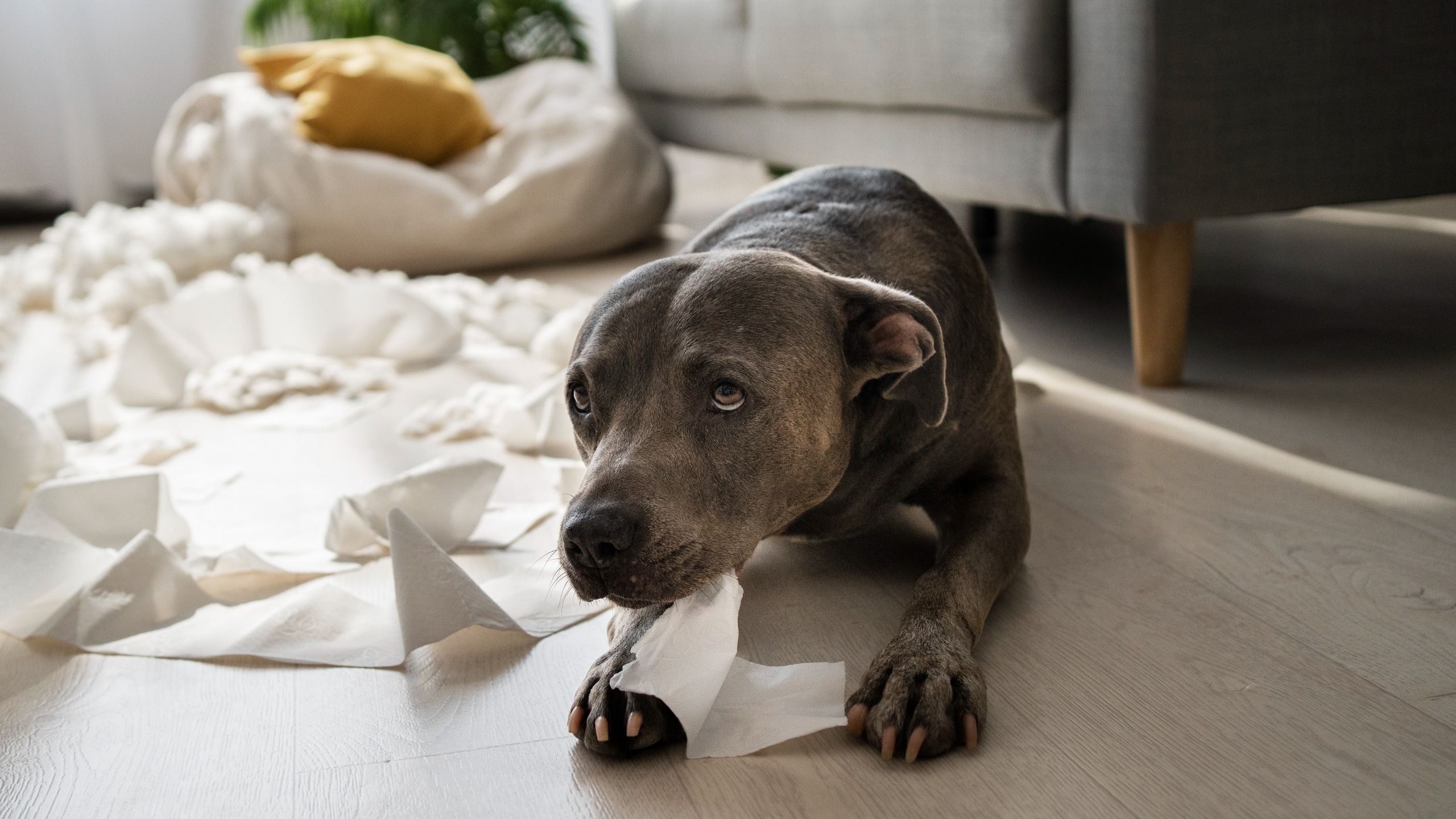Destructive chewing is a common issue among dogs and can be frustrating for pet owners. Understanding why dogs chew and implementing proper training techniques can help prevent damage to furniture, shoes, and other household items. Chewing is an instinct for dogs, but without proper guidance, it can become a destructive habit that results in costly damage and stress for owners.

Why Dogs Engage in Destructive Chewing
Dogs chew for various reasons, including:
- Teething: Puppies chew to relieve gum discomfort as they grow new teeth.
- Boredom: Lack of mental stimulation and exercise can lead to destructive behaviors.
- Anxiety or Stress: Separation anxiety or environmental changes may trigger excessive chewing.
- Lack of Proper Training: Dogs need clear guidance on what is acceptable to chew.
- Hunger or Nutritional Deficiencies: Some dogs chew inappropriate objects if they are not getting enough nutrients in their diet.
How to Stop Destructive Chewing
1. Provide Appropriate Chew Toys
Ensure your dog has access to a variety of safe and engaging chew toys. Options like rubber toys, dental chews, and treat-dispensing toys can redirect their chewing habits toward acceptable objects.
2. Use Positive Reinforcement
Praise and reward your dog when they chew on appropriate items. Using treats and verbal encouragement reinforces good behavior. Avoid punishment, as it can increase anxiety and worsen the behavior.
3. Exercise and Mental Stimulation
A well-exercised dog is less likely to engage in destructive chewing. Daily walks, interactive playtime, obedience training, and puzzle toys help burn excess energy and keep their mind engaged.
4. Training and Supervision
Redirect your dog if you catch them chewing something inappropriate. Use commands like “leave it” and replace the object with an acceptable chew toy. Supervision is crucial, especially for puppies, to prevent unwanted chewing habits from forming.
5. Address Anxiety Issues
If chewing is stress-related, work on easing your dog’s anxiety through crate training, calming aids, or consulting a professional trainer. Providing a secure and structured environment can reduce nervous chewing tendencies.
6. Use Taste Deterrents
Applying taste deterrents such as bitter apple spray on furniture and other off-limit objects can discourage your dog from chewing inappropriately.
7. Create a Safe Space
When you’re not around to supervise, keep your dog in a designated, pet-proofed area with appropriate chew items. This helps prevent them from accessing items they shouldn’t chew.
Conclusion
Destructive chewing can be managed with patience, training, and the right tools. By understanding the cause and providing appropriate outlets, you can prevent unwanted chewing and ensure a happy, well-behaved dog. Consistency is key—reinforcing good behavior and redirecting inappropriate chewing will help create a positive and lasting change in your dog’s habits.
